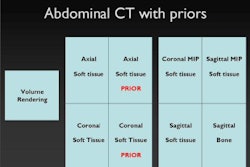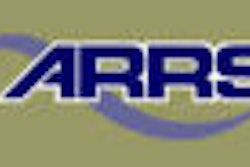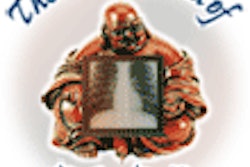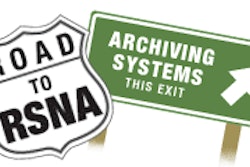The use of an automated patient exam reconciliation tool can quickly and efficiently deal with PACS errors, according to researchers from the University of Texas M. D. Anderson Cancer Center (MDACC) in Houston.
"The (PACS change request form) tool is secure, convenient, multifunctional, reliable, and very easy to use, and it definitely improves patient care," said Tyran Mercer, a PACS technologist at MDACC. He spoke during a session at the Society for Computer Applications in Radiology (SCAR) 2006 annual meeting in Austin, TX.
During the institution's transition to soft-copy interpretation, the PACS group realized there was a need for methods to prevent any human or machine errors that would contribute to a patient's medical error, Mercer said.
Every patient exam has specific demographic information that is mission critical and needs to be in pristine form; mistakes could delay diagnosis, treatment, or even result in surgery to an incorrect patient. Even implementation of sophisticated work list management tools doesn't prevent the possibilities of human errors, including picking an incorrect patient or study, according to Mercer.
To resolve patient exam information quickly and efficiently, a few key elements are needed: a reporting mechanism, technologists willing to report their mistakes, a PACS technologist with tools and experience to reconcile the exam data, and data mining tools to provide better feedback to supervisors and technologists, he said.
To tackle this problem, MDACC in 2001/2002 created a paper PACS change request form (PCRF), which was to be filled out and faxed when a patient mishap occurred. When the case was finished, the document was stored in a binder on a shelf for future reference.
While this was sufficient for a period of time, adoption of soft-copy reading and multiple diagnostic reading workstations required an instant electronic notification, he said. To solve the problem, the institution developed an automated PCRF tool.
Instead of faxing the old paper report, the tech or supervisor now logs onto any computer within the division, accesses the intranet home page, and clicks on the appropriate link to access the PCRF tool. Once the PCRF is submitted, the PACS techs are notified via e-mail and are also paged.
The PCRF includes required elements such as the patient name, medical record number, accession number, modality and location, exam/study description, and name and phone number of the person filling out the form.
MDACC implemented the tool using a Sparc Ultra 1 server (Sun Microsystems, Santa Clara, CA) running the Solaris 5.8 Unix operating system, as well as a MySQL database. All programming was done in practical extraction and report language (PERL) and common gateway interface (CGI), according to Mercer.
In a typical reconciliation, the process begins when a human recognizes a mistake; the tech or supervisor then completes a PCRF, Mercer said. The study information is provided in two versions: one for the original incorrect data and another indicating the correct data.
After notification of a PCRF, the PACS tech logs onto a secure Web page, which only certain people have access to, Mercer said. The PACS tech can click on the PCRF log button, and then click on the PCRF number to gain access to all the pertinent information for the exam.
Once the exam is reconciled, the requestor can be e-mailed to let them know that the PCRF has been fulfilled, and asked to verify the changes. The PACS tech renders an analysis as to why the error occurred, and then the PCRF is closed electronically, according to Mercer.
MDACC also has additional clinical forms to cover missing exams, PACS database problems, and exams with image quality issues that need adjustments by the medical physicist.
In addition to its patient care benefits, the PRCF tool also provides an audit trail, Mercer said.
"We're able to prove who directed the changes, why the changes were made and were needed, and what time the changes were done," he said. "The system places responsibility for verification of patient exams squarely on the shoulders of the technologists, which prevents them from correcting errors in anonymity."
By Erik L. Ridley
AuntMinnie.com staff writer
August 28, 2006
Related Reading
Part XII: Exploring PACS Secrets -- PACS and marriage, August 15, 2006
New workflow, personnel needed for adopting digital mammography, August 10, 2006
IHE's import reconciliation workflow eases portable media handling, July 17, 2006
Poor workflow can hinder use of 3D software, June 30, 2006
EPI enables regional consolidated imaging record, June 28, 2006
Copyright © 2006 AuntMinnie.com



















